what is "DPF" "DOC""SCR""ASC"?How do they work ?

For truck diesel engines, emission upgrades mean stricter requirements for PM (particulate matter), NOx (nitrogen oxides), hydrocarbons (HC), and carbon monoxide (CO) emitted by engines. To reduce pollutants, either reduce their generation at the source or treat them at the end to reduce pollutant emissions.
However, in the final treatment, it is necessary to install DOC, DPF, SCR, ASC, etc. in the three-way catalytic converter of the engine.
So, what exactly are DOC, DPF, SCR, and ASC?
DOC is the abbreviation of diesel oxidation catalyst, which literally means diesel oxidation catalyst. DOC generally uses metal or ceramic as the carrier of the catalyst, and the main active components in the coating are precious metals such as platinum, palladium, and rhodium. When the exhaust gas of the diesel engine passes through the catalyst, HC (hydrocarbons) and CO (carbon monoxide) can quickly react chemically with the oxygen in the exhaust gas at a lower temperature to generate pollution-free H2O and CO2. DOC achieves the purpose of purifying HC and CO in the exhaust gas.
DPF is the abbreviation of Diesel Particulate Filter. It is installed in the exhaust system. Through DPF, PM (particulate matter) in the exhaust gas can be filtered and captured, which can reduce PM (particulate matter) in the exhaust gas. Usually the filtering effect can reach 70%-90%. Then,what is PM? Direct explanation, the black smoke in the exhaust gas of the truck is PM.
Here is picture simple below which you can understand easily.
![]()
SCR (Selective Catalytic Reduction) is a selective catalytic reduction technology, which is mainly used to remove NOx (nitrogen oxides) in exhaust gas. Using urea as a reducing agent, under the reduction effect of a selective catalyst, NOx (nitrogen oxides) in exhaust gas is reduced to nitrogen and water. If your vehicle needs to add urea solution, then your vehicle post-treatment uses SCR technology.
ASC stands for Ammonia Slip Catalyst, and its main function is to eliminate excess or escaped NH3: oxidize excess NH3 into N2, N2O, and NOx; at the same time, catalyze the reaction of NOx and NH3 into nitrogen N2.
For diesel engines, PM (particulate matter), NOx (nitrogen oxides), hydrocarbons (HC), and carbon monoxide (CO) are the major pollutants. Whether SCR, EGR, DOC, POC, or DPF is used, the purpose is to reduce pollutants, achieve environmental protection, and make diesel engine exhaust cleaner. I hope that through this article, everyone can have some understanding of these truck after-treatment technologies.


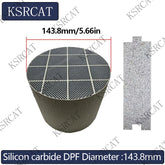

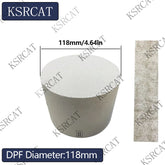
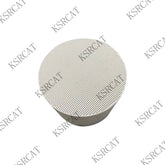






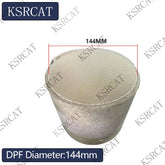
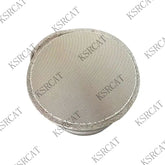
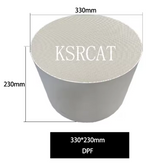

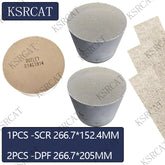

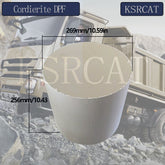
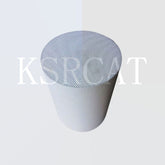
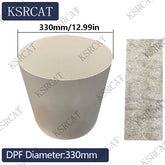

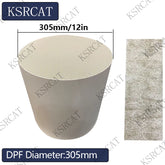

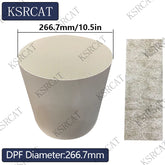

Leave a comment
All blog comments are checked prior to publishing